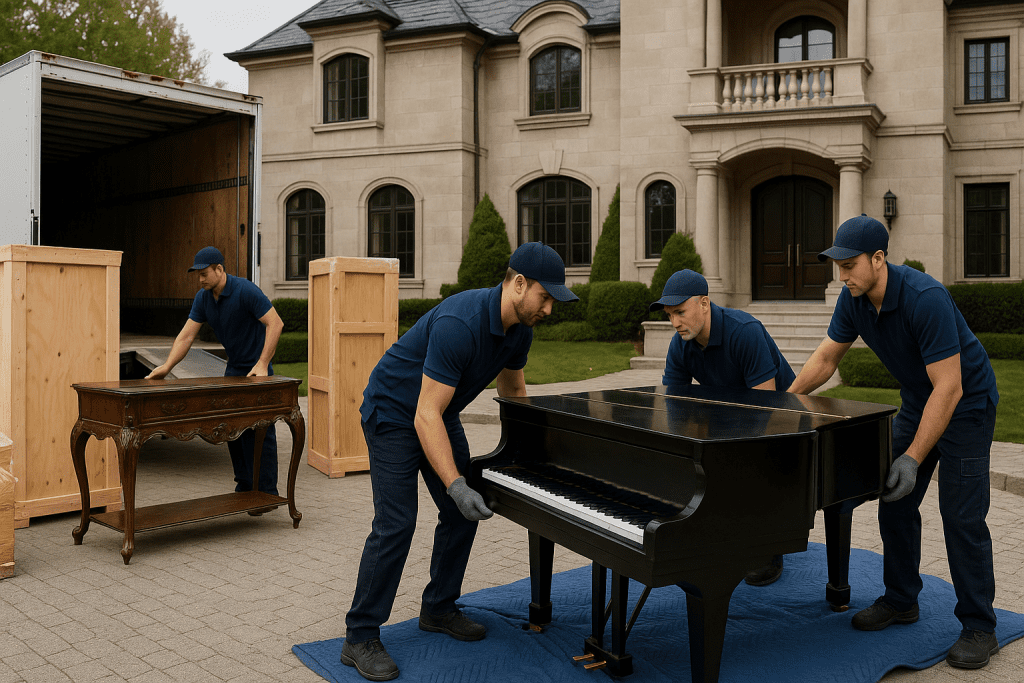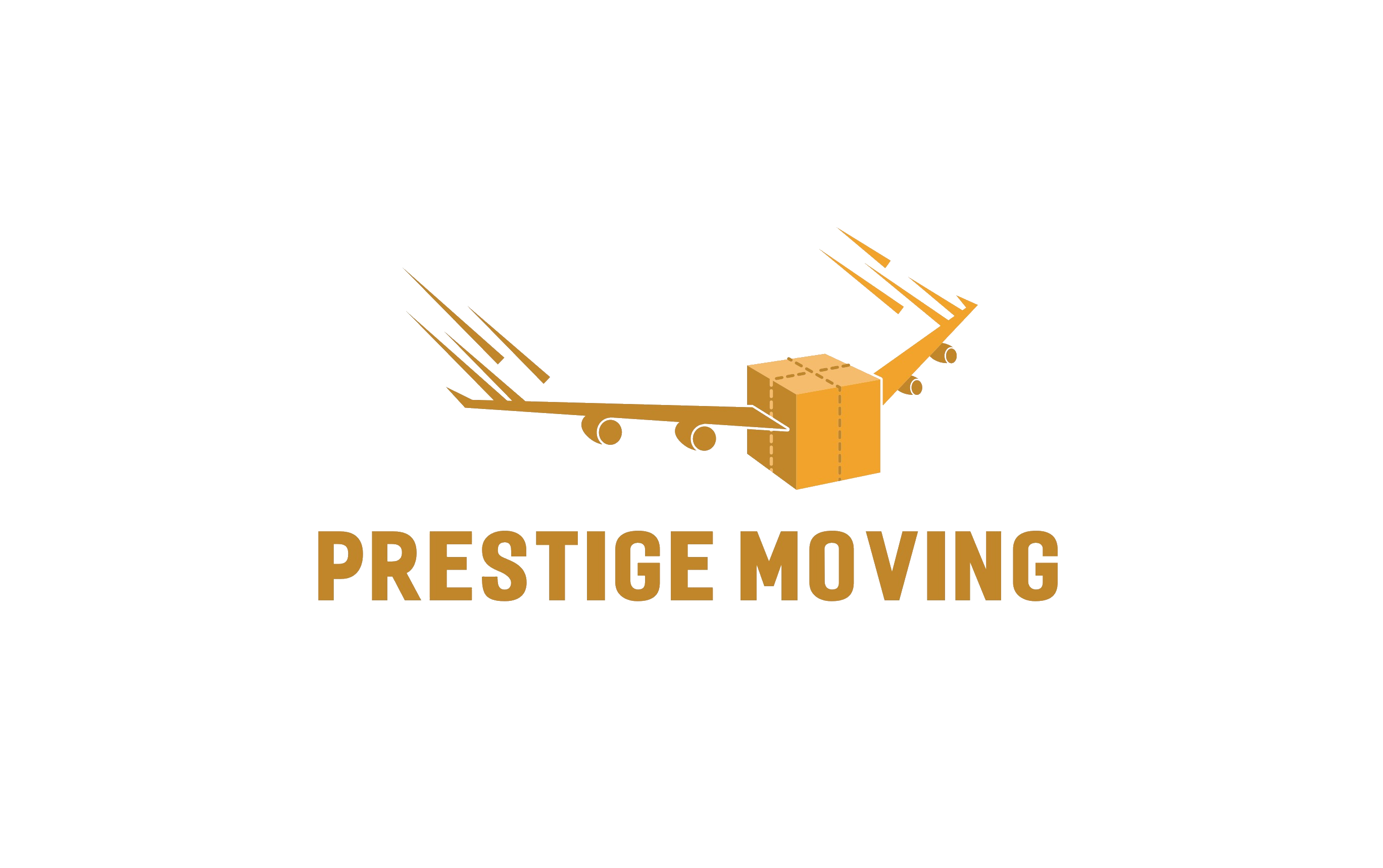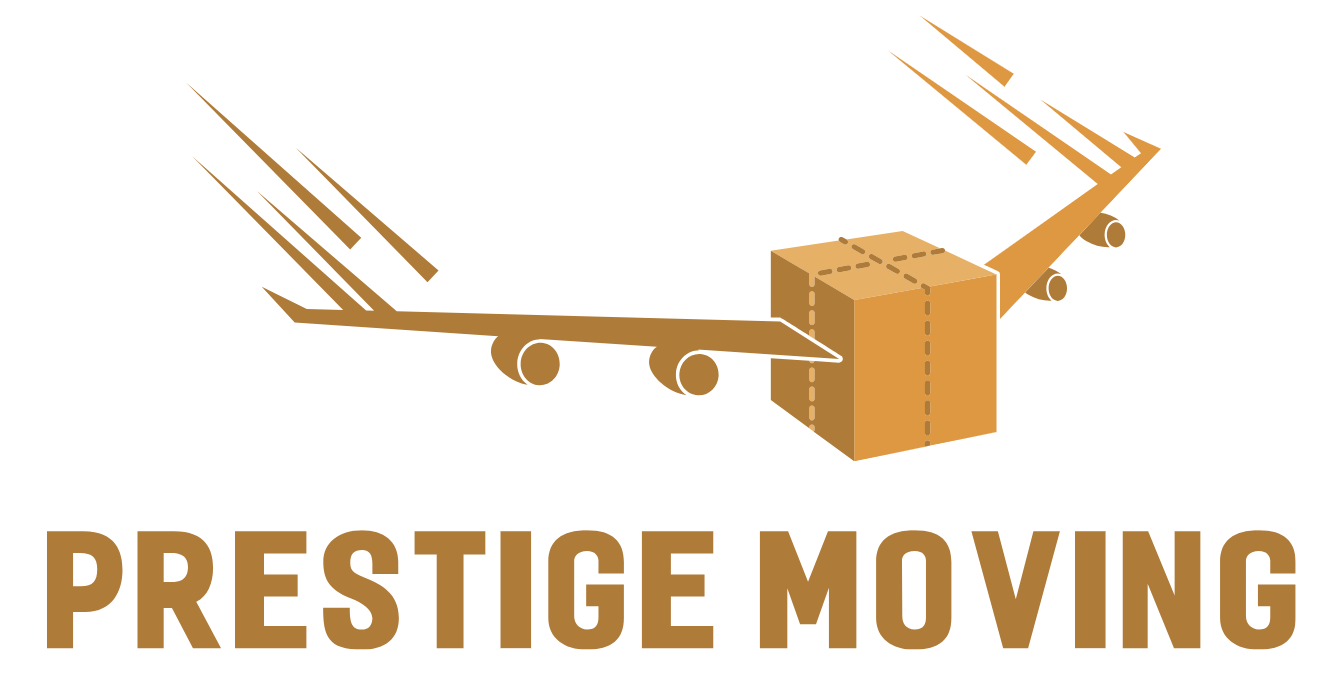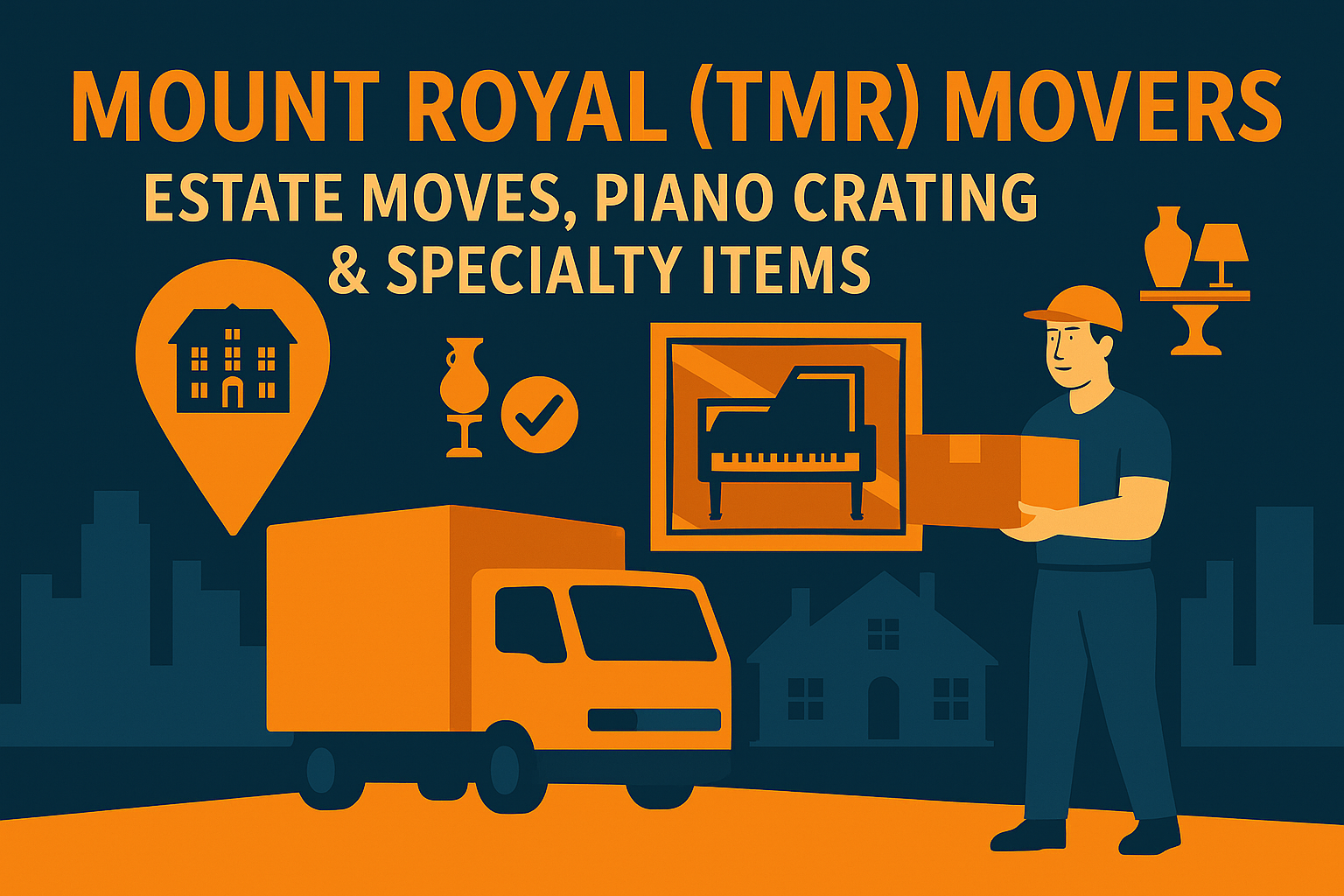White-Glove Moving in Town of Mount Royal (TMR): Built for Estates, Fine Art, and Grand Pianos
TMR homes come with their own demands—broad tree-lined avenues, tight garage access, heritage interiors, and collections that require museum-level care. This guide details a white-glove, risk-managed approach for Town of Mount Royal families and estate executors who need moves done precisely: heirloom packing, art and antique handling, custom piano crating, and specialty-item logistics without disruption to your household or timeline.
Estate Moves in TMR: How to Plan, Pack, and Transfer Multi-Generational Assets
Why estate moves are different
Estate relocations involve stewardship, not just transport. In TMR, that usually means cataloging assets across multiple floors, coordinating building rules (concierge/elevator windows for condos by the Montpellier corridor), and ensuring chain-of-custody for valuables. The objectives:
- Preserve value (no finish burns, veneer stress, or varnish micro-checking).
- Maintain provenance and documentation (photos, SKUs, condition states).
- Keep family schedules intact (weekend windows, school-day routing, and quiet hours for neighboring properties).
Estate move playbook (high-level timeline)
- T–28 to T–21 days: Inventory & valuation audit, note fragile finishes (French polish, shellac, gilded frames), identify oversized pieces (armoires, grandfather clocks).
- T–20 to T–14 days: Packing materials staging, crating specs, environment controls (silica packs, Tyvek wraps), disposal & donation routing.
- T–13 to T–7 days: Art and antique pre-wrap, framed canvas corner-guarding, solid-slab tabletop dismounts, hardware bagging with QR tags.
- T–6 to T–1 day: Floor and banister protection, padded runs, door jamb guards, methodical load sequencing (heavy-low, glass-high, orientation arrows logged).
- Move day: Lift discipline, spotters on stairs, and capillary checks on delicate veneers before loading; humidity and temperature notes recorded.
- Post-move (T+1 to T+14): Uncrating, reassembly torque checks, placement by floor plan, debris sweep, and aftercare instructions for finishes.
For delicate heirlooms and curated collections, add a professional antique & fine art team. See how white-glove methodologies apply in practice in this antique & fine furniture moving overview from the service library (helpful for packing methods and finish-safe handling): Professional Antique Furniture Moving Services.
Specialty Item Logistics: Safeguarding What Standard Movers Won’t Touch
Grand pianos, concert uprights, and specialty keyboards
A TMR piano move shouldn’t be “lift-and-hope.” Proper technique integrates structural mapping (leg plates, lyre assembly, key bed, harp), stair angle math, and climate deltas to prevent soundboard stress.
Piano move protocol you should expect:
- Pre-move inspection: Serial number log, pedal & key action check, finish type (polyester, satin, high gloss).
- Component prep: Leg and lyre removal, board & key cover securing, wrapped in soft blankets + shrink; hard-shell corners added.
- Crating: Custom crate with foam isolation and cross-bracing; vibration-resistant strapping for travel over Côte-de-Liesse ramps.
- Transport controls: Liftgate trucks, air-ride suspension, and tie-downs anchored to load rails; humidity monitoring during extreme winter moves.
- Placement and tuning window: Settle 1–2 weeks post-move before tuning to allow soundboard acclimatization.
For a deeper look at dedicated procedures, review this piano moving service brief—useful as a standards checklist before booking: Piano Moving Services.
Fine art, marble, chandeliers, and museum-grade pieces
- Art: Foam corners, Tyvek wrap (breathable), corrugated or telescoping cartons; crate for canvases > 48″.
- Stone/Marble: Stabilize to avoid micro-fractures; crate vertical, never flat; avoid torque with double-strap cross-loads.
- Chandeliers: Photograph and label wiring, remove prisms/arms in sequence, bag hardware by tier.
Wine cellars, humidors, and climate-sensitive items
- Wine: Maintain upright position, limit vibration; document temps at departure/arrival.
- Humidors: Secure humidification reservoirs; keep sealed during transit to avoid moisture shock.
Packing to Museum Standards: Materials, Methods, and Mapping
Materials that protect (and those that don’t)
- Use: Acid-free tissue, glassine for prints, microfibre blankets, double-wall cartons, PE foam, edge protectors, desiccants, Tyvek outer wraps.
- Avoid: Newspaper (acidic), generic trash bags (trap moisture), single-wall cartons for heavy china, unpadded tape directly on finished wood.
Methodical packing map
- Room-by-room logic: Assign codes (e.g., “TMR-LIB-A3” for Library shelf A3).
- Photo logs: Rapid visual inventory—front/side/labels—saves hours during unboxing.
- QR or spreadsheet manifests: Match crates to destination rooms and floor plans.
If you’d prefer a crew to stage the materials and execute the wrap professionally, consider a full packing service that mirrors museum standards: Packing Service.

Risk Management: Floor Protection, Weather, Insurance, and Documentation
Floor, wall, and heritage trim protection
- Ram-board or corrugated runners, neoprene mats at entry, banister wraps, door-jamb guards, corner caps in narrow hallways—especially in stone-or-parquet TMR interiors.
Weather & winterization
In Montreal winters, condensation and brittle varnishes are the enemy. Minimize exposure time, stage items in a temperature-buffered garage or vestibule, and confirm trucks have dry, clean, and heated cargo environments.
Valuation protection & documentation
- Photograph condition states; capture serial numbers; maintain a bill of lading with declared values and handling notes.
- Keep purchase receipts, appraisals, or insured values for heirlooms—this informs carrier liability or full-value protection choices.
For a primer on why valuation coverage matters across Canada moves and what protections actually cover, consult this clear reference on moving insurance concepts: Canada.ca.
Access Planning in TMR: Streets, Permits, and Elevators
Truck access and municipal considerations
TMR streets are residential and leafy—great for families, trickier for 26’ trucks. Plan:
- Staging & cones: Mark the loading zone with hi-vis cones.
- HOA/Condo rules: Reserve elevators, confirm protective pads; some buildings mandate weekday windows for large moves.
- Permits: For temporary no-parking or lane usage in Montreal boroughs, check city requirements and timelines early. Start with the City’s official resource hub: montreal.ca.
Crating That Actually Works: Specs for Pianos, Art, and Stone
Crate engineering basics
- Frame: Kiln-dried lumber, screwed (not nailed) joins, cross-bracing.
- Padding: Closed-cell foam; never compress to the point of pressure marks on finishes.
- Isolation: Floating base for pianos and marble; keep center of gravity low and marked externally.
- Labeling: “This Side Up,” shock indicators (optional), humidity cards for sensitive cargo.
When to crate vs. soft-pack
- Crate: Grand pianos, marble tables, oversized frames, chandeliers, high-gloss or lacquered furniture, artifacts with protrusions.
- Soft-pack: Everyday durable furniture with padded quilts and edge guards, short hauls with gentle handling.
Moving Day, Step by Step: Crew Roles, Sequencing, and QA
Crew roles
- Lead/Foreman: Manages scope, documents exceptions, maintains chain-of-custody.
- Crate Technician: Oversees art/piano/stone preparation and crate close-outs.
- Loadmaster: Weight distribution, strap planning, and ride-quality checks.
- Spotters/Runners: Doorway angles, stair guides, floor protection oversight.
Sequencing that prevents rework
- Protect floors, doorways, and banisters.
- Remove doors (if needed) on tight turn radii.
- Stage fragile items first for secure truck zones.
- Load heavy base pieces low and forward, glass/frames high on the wall side.
- Close with last-on/first-off essentials—toolkits, hardware bins, and floor-plan copies.
Quality checks before departure
- Strap tension, crate integrity, correct orientation arrows, condition photos after loading, inventory match to bill of lading.
Unloading & Placement: From Crates to Perfect Rooms
Room-ready placement
- Uncrate in a clean, open staging zone.
- Reassemble with torque-controlled tools to avoid overtightening delicate joints.
- Align to the pre-approved floor plan to avoid rework.
- Wipe down, dispose of debris, and provide aftercare for high-gloss finishes and wood acclimatization.
Post-move support
- Pianos: Allow acclimatization before tuning (often 10–14 days).
- Art: Check for tension changes on canvas and frame joints.
- Marble/Wood: Monitor humidity to guard against checking or warping.
If you’re staging or downsizing and need a mid-term home for select pieces during renovations or listing prep, explore secure holding options here: Storage Solutions.
Budgeting and Booking Windows: How to Get the Best Results
What drives price
- Complexity: Crating, stair work, large distances between load points.
- Access: Elevator bookings, tight driveways, long carries from curb.
- Seasonality & weekdays: Peak months and Saturdays book quickly.
- Insurance/valuation: Higher declared values can alter coverage pricing.
How to control the timeline
- Confirm concierge/elevator slots first.
- Secure any municipal permits in advance.
- Approve crate designs and packing materials early to avoid rush charges.
When to Use Specialists (and Proof They’re Specialists)
Five non-negotiables for TMR estate and piano moves
- Written method statements (how each specialty item is prepped, wrapped, and crated).
- Proof of equipment (liftgates, air-ride, piano boards, climate notes).
- Finish-safe materials listed on estimate (Tyvek, glassine, foam densities).
- Crew experience with antiques, pianos, art installs.
- Valuation options explained clearly and matched to your collection.
For an at-a-glance overview of service breadth—from residential to specialty categories—use this quick index: Services Overview.
Long-Distance or Cross-Province? Keep Chain-of-Custody Tight
Even for short hauls across Montreal, estate moves benefit from chain-of-custody discipline. For longer distances (e.g., inter-provincial moves to Ontario or to a Laurentians secondary residence):
- Confirm waypoints, seals on crates, and handling notes for any transfer.
- Validate load photos at origin and arrival.
- Maintain a single point of contact who reconciles manifests.
For a helpful explainer on long-distance packing discipline, see this prep guide that outlines pro strategies you can apply to your plan: Packing Strategies From the Experts.
Sample Day-of Checklist for a TMR Specialty Move
- Floor & wall protection installed.
- Elevator reserved and padded (where applicable).
- Crate and materials staged and labeled.
- Photo documentation completed (pre-move).
- Fragile/oversized load plan approved (foreman + homeowner).
- Tools & hardware bins referenced and sealed.
- Final walk-through after truck closure; alarm/lock checks.
- Arrival access confirmed and room maps available.
Frequently Asked Questions (TMR Estate & Piano Moves)
1) Do I need a permit to reserve street space for the truck in TMR?
Residential streets often require temporary no-parking or specific placement rules. Always validate with the City of Montreal for your block and dates. Start at the municipal portal: montreal.ca.
2) How far in advance should I schedule a TMR estate move with crating?
For multi-room estates with pianos and art, 3–4 weeks is ideal. This covers crate design, elevator bookings, and custom material orders—plus time to build a complete inventory and valuation record.
3) Is winter a bad time to move a grand piano?
Not if the crew uses climate-conscious methods: limit exposure, use insulated wraps, and move swiftly through buffered staging areas. Let the piano settle 1–2 weeks before tuning.
4) What insurance options protect antiques and art during the move?
Ask for declared-value or full-value protection and document each piece with photos and receipts/appraisals. Learn national concepts and consumer protections here: Canada.ca.
5) Can I store select heirlooms while we renovate or list the house?
Yes. Choose clean, dry, and secure storage with climate awareness and elevated racking. Short- or mid-term storage paired with professional packing keeps finishes and frames safe until delivery. See holding options: Storage Solutions.
Ready for a Precision Move in TMR?
Moving estates, pianos, and specialty items in Town of Mount Royal demands a disciplined plan, museum-grade materials, and crews who understand fine finishes, building rules, and chain-of-custody. If you want a benchmark for best-practice piano handling or heirloom packing, compare methods with these detailed service briefs:
- Piano standards snapshot: Piano Moving Services
- Antique & fine furniture protocols: Professional Antique Furniture Moving Services
- Whole-home packing program: Packing Service
- Secure holding options: Storage Solutions
Book a protected, white-glove move for your TMR home: Contact the Team


